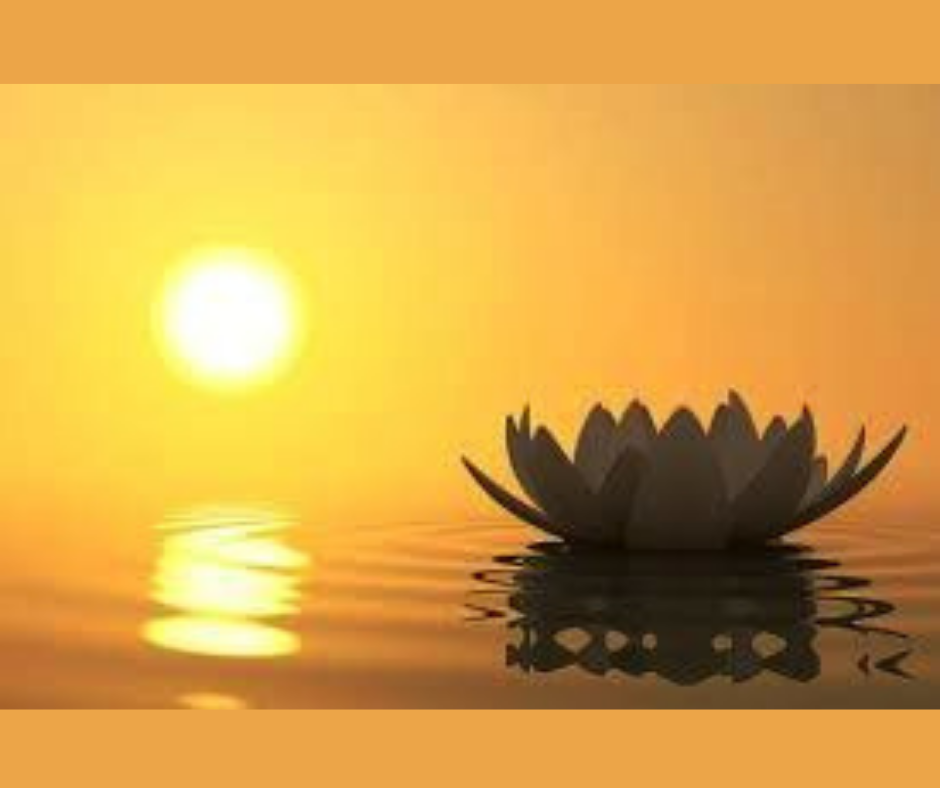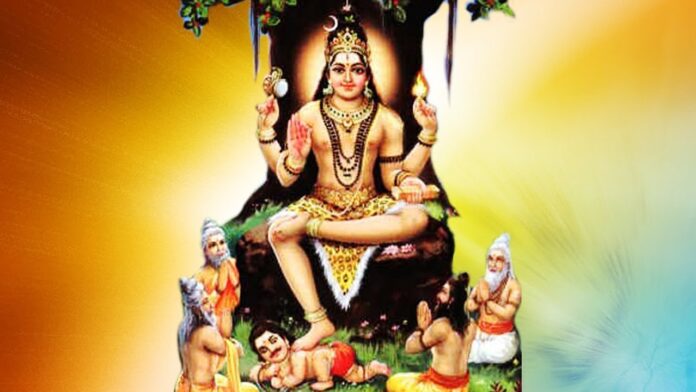Sree Ragam 10
This resplendent divine melody from the Iconic Classic Telugu movie, ‘Sankarbharanam’ strikes chords instantly with the passionate hearts of music lovers. The unparalleled musical extravaganza projected on screen created ripples in the film industry and in the society with its rich lyrical and musical canvass of classical music based songs. The lost cultural identity of Classical music was revived and a sort of cultural renaissance was created with the movie.
This song composed in Sankarabharanam raga portrays the awesome musical prowess of the composer K V Mahadevan and the singers SP Balasubramanyam and Janaki
Sankarabharanamraga is the king of ragas, literally it means, ‘jewel of Lord Shiva’. It is one of the most popular, ancient ragas with its vast universal presence. In 12th century it was known as ‘Raganga Raga’ by Parsvadeva. It was also mentioned by Saranga Deva in his musical treatises.
Sankarabharanamis a raga of poise and gaiety. It reminds us of Lord Sankara with all his celestial ornaments in a meditative state.
Sankarabharanam is one of the five Grand ragas, the other four are Kalyani, Todi, Bhairavi, Kambhoji. It is known as Bilaval in Hindustani Classical music and also corresponds with the major scale in western music. It has acquired significance because of the universal prevalence of the raga in various music styles across the world.
The western notes Doh, Re, Mi, Fa, So, La, Te are set to Sankarabharanam.
The evergreen melody ‘Doe a deer’ from the Old classic movie Sound of Music is in the scale of Sankarabharanam
MS Subbalakshmi is known for her exquisite presentation of Sankarabharanam raga.
Gandhara or the swara ‘ga’ in Sankarabharanam is considered the heart of the raga. The plain note induces serenity and calmness and balances the gamakas of other swaras.
A musician who treats a raga as a divine form of worship and pursues the sadhana, with utmost devotion, develops a finer perception and a holistic approach in rendition. In one of the lecdem concerts, VeenaVidwanBalachander, just played the gandhara and asked the students, what raga it could be. Most of them could recognise it as Sankarabharanam!
Structure
DheeraSankarabharanam is the name of the 29thMelakarta in the 72 Melakarta scheme of ragas. It is a sampoorna raga because it comprises of all seven notes.
Arohana : S R2 G3 M1 P D2 N3 S
Avarohana : S N3 D2 P M1 G3 R2 S
The swaras are Shadja, catushrutirishabha, antaragandhAra, shuddhamadhyama, panchama, chatushrutidhaivata and kakalinishada
The pratiMadhyama equivalent of this raga is another majestic raga, Kalyani.

Mood
Sankarabharanam is a vibrant raga that evokes emotions of Sringara and devotion. The serenity of the raga captivates the listeners. The rich gamakas or oscillations of swarasenhance the grandeur of the raga.
In Music therapy, Sankarabharanam is known to heal patients suffering from mental illness like depression. The soothing effect of the raga calms the senses and helps to rejuvenate.
Sankarabharanam raga has immense potential for detailed exploration and it is one of the most suitable raga for any composition like geetam, varnam, kriti, tillana and also in semi-classical and light music.
Also read: Lahiri Lahiri Lahirilo…
Compositions
The royal raga has innumerable compositions in the repertoire of classical music.
Tyagaraja composed around 20 invaluable gems in Sankarabharanam. Each one is an inimitable masterpiece with exclusive melodic structure and showcase the lyrical and immaculate musical prowess of the composer.
‘Swara raga sudha rasa’ is a lyrical, musical masterpiece of Tyagaraja. He addresses his ‘manas’ or mind and ponders on the purpose of music.
‘Bhakti Bhikshamiyave’ is a testimonial to the versatility of TyagarajaKritis. He pleads his Lord Rama to bestow bhakti or devotion as alms on him.
Deekshitar enriched classical music treasure with unparallel compositions like ‘AkshayalingaVibho’, Sri Kamalambikaya, Sri Venugopalabhajamanasa, Sundareswaraya Namaste, TarakeshwaraDayanidhe, VatapiGanapathimBhaje
MuthuswamiDeekhsitar composed 40 melodic ‘nottuswaras’ akin to western melody in various talas or rhythms.
SarojaDalaNetri, Devi Meenalochani, are the popular Sankrabharanam compositions by SyamaSastry
Memorable melodies from our films
Telugu
Naahrudayamlonidurinchecheli…
Andala O chilukaandukonaalekha….
ChinnichinniAasa..
VennelloGodariandam….
JorugaHusharugaShikarupodama….
Aha naapellanta…
Hindi
Sarekesaregamakolekara…
Bhorayigayaandhiyara…
Jana gana mana, our national anthem
Interesting anecdotes
During the reign of Tanjavur king Sarabhoji, in 18th century, there lived a musician Narasayya. He was a prolific musician who had special passion for Sankarabharanam raga. When he rendered this raga in a concert in-front of the King and other musicians, the king was so impressed that he decreed that Narasayya should be addressed as Sankarabharanam Narsayya.



